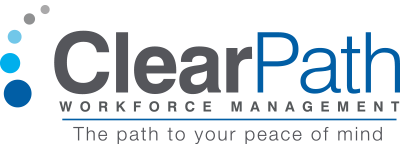Navigating the Maze of Worker Compliance: A Tale of Two Agencies
Barbara Business Owner is an entrepreneur who has built her small but thriving business with the help of a dedicated team of independent contractors. She’s always prided herself on running a tight ship—until one fateful afternoon when two distinct letters arrive in her mailbox. One is from the Internal Revenue Service (IRS), and the other is from the Department of Labor (DOL). Both agencies are asking for documentation concerning her independent contractors, albeit for different reasons.
Barbara is puzzled and stressed. Why would two different agencies be interested in how she classifies her workers? What are the implications, and what does this mean for her business? If you, like Barbara, have ever wondered about the intricacies of employee classification and why both the IRS and DOL could come knocking at your door, then this blog post is for you.
Understanding the Regulatory Landscape
In this article, we’ll break down the roles of the IRS and the DOL in employee classification, why they care, and what their different focuses mean for you as a business owner. By the end, not only will Barbara have a clearer understanding of her obligations, but you will too, making the complex world of employee classification just a little bit simpler.
The Internal Revenue Service (IRS): All About Taxes
What Is Their Primary Concern?
The IRS’s main focus is on tax collection and enforcement. When it comes to employee classification, the IRS wants to determine if a worker is an employee or an independent contractor to understand who is responsible for withholding and paying taxes.
Tax Liabilities
If a worker is classified as an employee, the employer must withhold income, Social Security, and Medicare taxes. Independent contractors, on the other hand, are generally responsible for handling their own tax obligations.
Guidelines for Classification
The IRS uses a common-law test involving various factors categorized under Behavioral Control, Financial Control, and Type of Relationship. These criteria help in assessing the level of control an employer has over a worker, which is crucial for determining their employment status.
Enforcement and Penalties
Non-compliance can be expensive. The IRS has the authority to reclassify workers, impose back taxes, and levy penalties on businesses that have incorrectly classified their workers.
Key Forms
Form W-2 is used for reporting income for employees, while Form 1099 is utilized for independent contractors.
The U.S. Department of Labor (DOL): Ensuring Fair Labor Standards
What Is Their Primary Concern?
Unlike the IRS, which focuses on taxation, the DOL’s core concern is ensuring that workers are treated fairly in accordance with labor standards. This includes minimum wage, overtime pay, and safe working conditions.
Employee Rights and Benefits
The DOL ensures that those classified as employees receive all protections and benefits they are entitled to, such as minimum wage and overtime.
Guidelines for Classification
The DOL employs a different set of tests, often focusing on the “economic reality” of the worker’s situation. This includes factors like economic dependence and the nature of the work performed, which may differ from the IRS’s focus on control.
Enforcement and Penalties
The DOL can impose its own set of penalties, which may include seeking back wages and litigation against non-compliant employers.
Wrapping It Up: A Regulatory Ecosystem
Though the DOL and IRS have distinct guidelines, it’s essential for employers to understand that they must comply with both sets of regulations.
Even further, these two agencies collaborating their Memorandum of Understanding can potentially result in increased scrutiny from both agencies, much like what Barbara Business Owner experienced. If one agency identifies issues with your employee classification, it’s possible that information could be shared with the other agency, triggering additional investigations or audits.
While we covered the IRS and the DOL in this article, it’s important to understand that these are just two of the numerous federal agencies that have their own sets of rules and regulations regarding employee classification and compliance. Additionally, beyond the federal scope, there are also state and local agencies with their own criteria for worker classification, each presenting its unique challenges and obligations for business owners.
Don’t wait until you’re sorting through puzzling letters from multiple agencies. Contact us to guide you through the maze of regulations, so you can concentrate on growing your business with confidence.
ClearPath is a leading Human Resources Outsourcing company focusing on assisting employers to leverage the independent contractor labor market. We’re committed to helping business owners stay compliant and minimize the risks associated with their contingent labor requirements.
No Legal Advice Intended. This article includes general information about legal issues and developments in the law. Such materials are for informational purposes only and may not reflect the most current legal developments. These informational materials are not intended, and must not be taken, as legal advice on any particular set of facts or circumstances. You need to contact a lawyer licensed in your jurisdiction for advice on specific legal issues.
- Written by: Renee Fink
- Posted on: September 11, 2023
- Tags: 1099, 1099 Worker Classification, ENGAGING W-2 WORKERS, FREELANCER, INDEPENDENT CONTRACTOR COMPLIANCE, independent contractor management, Workforce Classification

